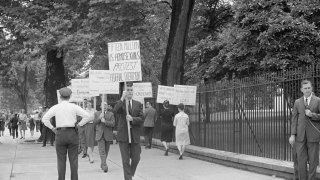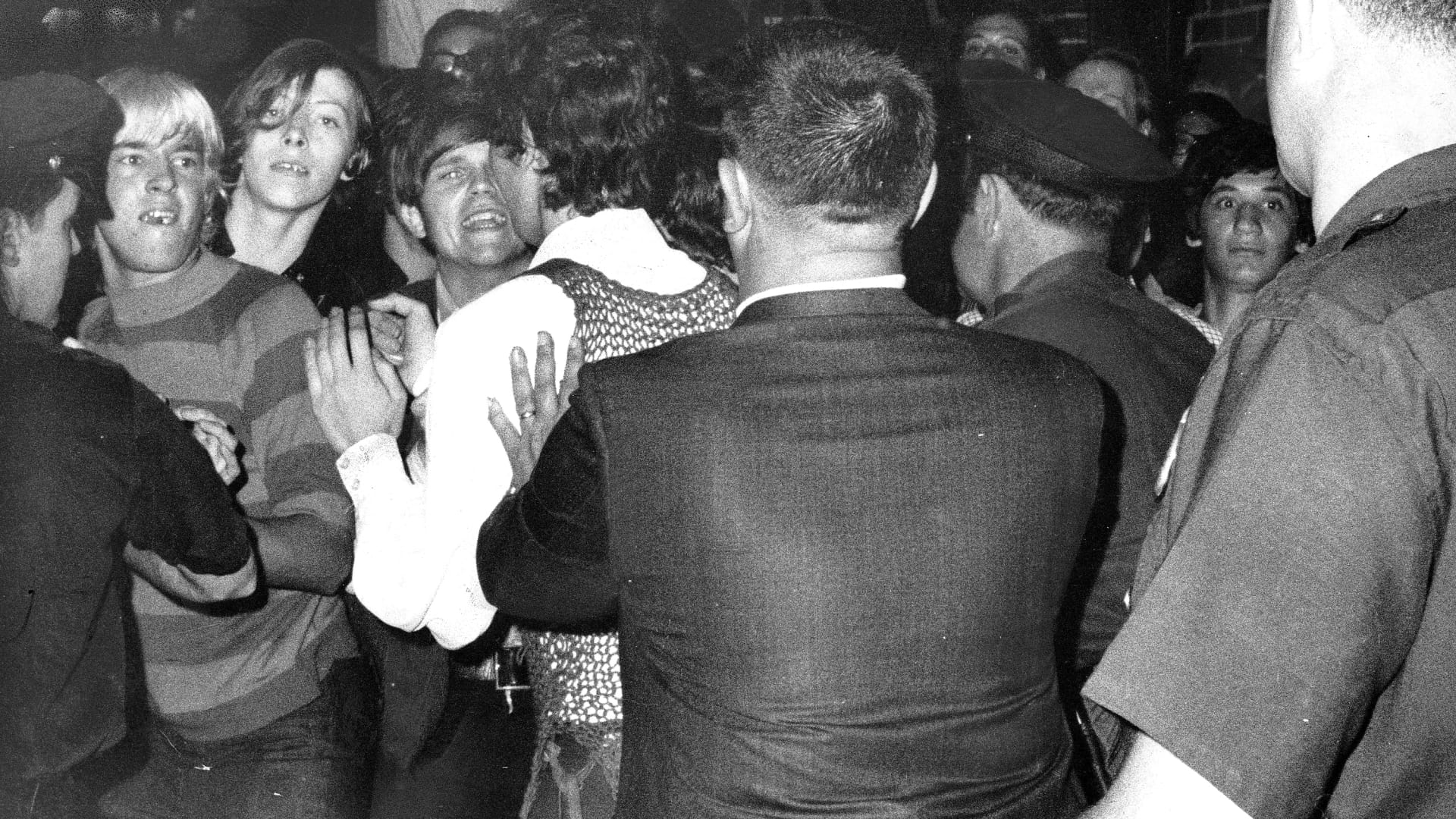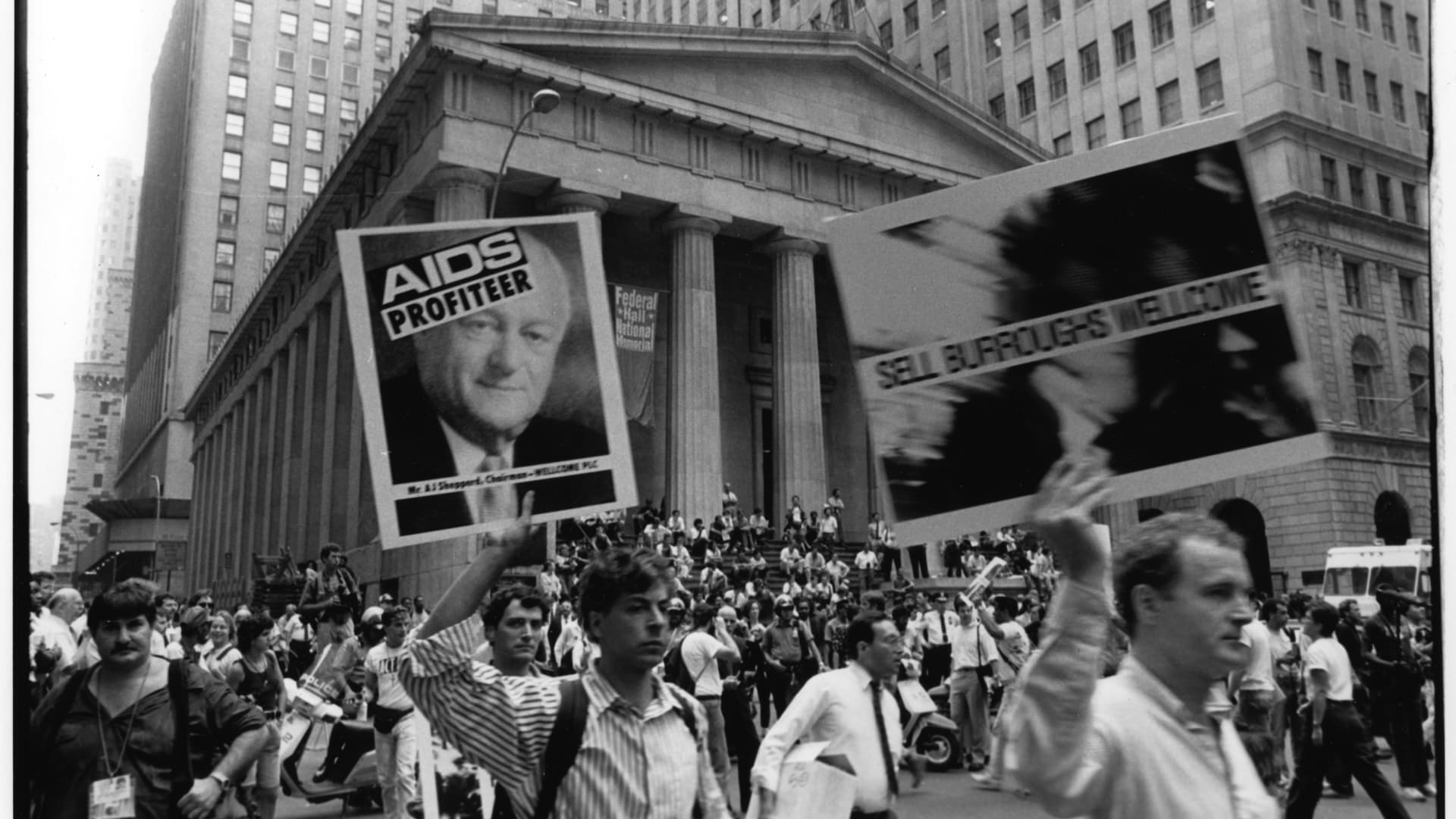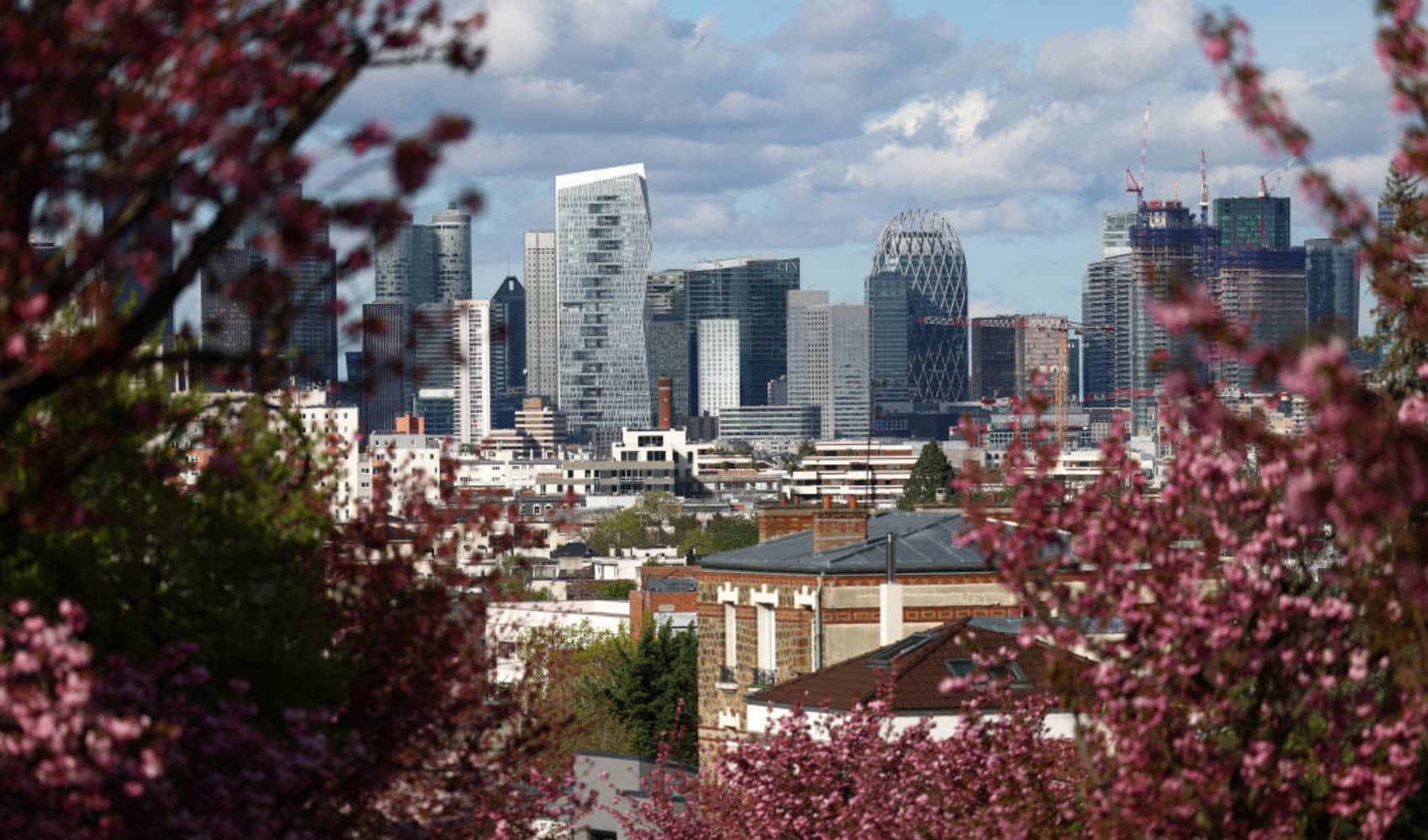
June is LGBTQ Pride month, chosen to commemorate the Stonewall Riots that took place in New York City on June 28, 1969 in response to police violence against LGBTQ people. One year later, demonstrators organized a march down Christopher Street to celebrate "Gay Pride" — a protest that has evolved into the pride marches that can today be seen in communities around the world.
While the Stonewall Riots are often thought of as the beginning of LGBTQ history, LGBTQ people have existed throughout all of history and the fight for LGBTQ rights has happened in workplaces as well.
"Often many social movement and cultural movements do in part stem from workplace culture and workplace dynamics," says Scott Dobroski, vice president of corporate communications for Glassdoor and a member of the organization's LGBTQ+ employee resource group. "And the reason for that is we spend most of our waking lives at work."
In the United States, the struggle for LGBTQ rights has often revolved around employers and business owners discriminating against LGBTQ people, and has always been complicated by intersecting identities such as race, gender and class.
CNBC Make It spoke with Dr. Eric Cervini, an LGBTQ historian and author of the book "The Deviant's War," about this long history to highlight a few key milestones.
Get Boston local news, weather forecasts, lifestyle and entertainment stories to your inbox. Sign up for NBC Boston’s newsletters.
1950s: The "Lavender Scare"
"Queer folks have existed since the dawn of humanity and there is ample evidence we have existed long before European colonists arrived to America," says Cervini. "Despite difficulties and persecution that happened from colonial times all the way up until today, queer folks have been able to find community and happiness — really vibrant lives."
However, some of the first recorded instances of institutional workplace discrimination against workers specifically based on their LGBTQ identities (rather than for racial or gender identities) can be dated to the 1950s.
Money Report
In 1950, a Senate report titled "Employment of Homosexuals and Other Sex Perverts in Government" was distributed to members of Congress claiming that homosexuality and "sex perversion" posed a national security risk and announcing that hundreds of government employees had been fired for suspicion of homosexuality. This time period is often referred to as the "Lavender Scare."
"In 1950, amid the 'Panic on the Potomac' as the press called it at the time, the Senate began investigations into this homosexual 'menace,' and it culminated in a Senate document known as the Howe Report which essentially legitimized the systematic persecution of queer federal employees for the next 25 years," explains Cervini. "What the Senate concluded after speaking with the director of the CIA and various intelligence officers was that homosexuals were inherently unreliable, untrustworthy, immoral and would harm the workplace environment."
Amid rising Cold War tensions, some claimed that LGBTQ people could be outed or blackmailed by Soviet forces in exchange for national secrets.
"That was the reasoning," says Cervini. "The problem was, none of the senators could find any actual instances of this happening in American history."
In 1953, President Dwight Eisenhower signed Executive Order 10450, which effectively banned homosexuals from working for the federal government or any of its private contractors.
"President Eisenhower ran on the platform in 1952, of 'Let's clean house' making inference to the homosexual panic that had gripped the country in the early 1950s," says Cervini. "Throughout the 1950s, thousands of federal employees were dismissed, and likely even more, because many were simply presented with the choice to either resign quietly, or we'll dismiss you. And so most people usually took the former route."
1960s and 1970s: Fighting back

Beginning in the late 1950s and through the 1970s, LGBTQ groups protested against police harassment at businesses and against businesses that refused to serve LGBTQ people — a trend that still occurs to this day.
"Even in the late 1950s, you start to see resistance at the grassroots level to some of the systematic persecution, especially among gender nonconforming folks," says Cervini listing the 1959 riot at Cooper's Do-nuts in Los Angeles, the 1965 sit-in at Dewey's Lunch Counter in Philadelphia, the 1966 riot at Compton's Cafeteria in San Francisco and of course, the 1969 Stonewall Riots. "These protests were essentially a response to police harassment and brutality. Police officers would come in and either raid these establishments or sometimes the establishments themselves won't allow gender-nonconforming folks... Very often, these young individuals would fight back."
These protests mark a defining tension between LGBTQ people and businesses.
"The relationship between businesses and the queer community is really complex because, in some ways, they were essential to queer community building," he explains. "Queer bars were some of the only places where queer folks in mid-century America could be themselves. But at the same time, those same spaces were often sites of persecution."
1980s: The AIDS crisis
On June 5, 1981, The CDC publicly reported the first recorded instances of what would later become known as AIDS and kill hundreds of thousands of Americans. The crisis also created a painful stigma against LGBTQ workers.
The Reagan Administration perpetuated this stigma. Press secretary Larry Speakes famously laughed and made fun of reporters when asked about the "gay plague." President Reagan did not address the existence of AIDS until 1985 and once told biographer Edmund Morris that "maybe the Lord brought down this plague," because "illicit sex is against the Ten Commandments." He also dealt massive budget cuts to public health agencies, including the CDC.
"During the AIDS crisis, there were so many problems in the workplace and in the commercial world, particularly pharmaceutical companies that would provide some of the only AIDS medications but as the most expensive drugs on the face of the planet," says Cervini. "So some of the first demonstrations among ACT UP, the AIDS Coalition To Unleash Power, were at Wall Street."
"Around this time, you see rampant workplace discrimination against those with HIV or AIDS," says Cervini. "And it's frankly a problem that continues today."
Many employers fired people with AIDS.
It wasn't until 2008 that Congress amended the Americans with Disabilities Act to clarify that its protections extend to people living with HIV.

The 1990s through today
In the 1990s, advocates began pushing for marriage equality on a state-by-state basis and saw slow but steady progress. Cervini fears the approach may have failed some LGBTQ workers.
"In the 1990s, you begin to see a pivot from actions related to anti-discrimination, to more focus on marriage equality. And one of the results of focusing on marriage rather than comprehensive anti-discrimination laws is right now today, we still don't have an equality act at a federal level," he argues. "So although same-sex marriage is legal, other parts of our fight were left behind, and that includes national legislation regarding LGBTQ + rights in the workplace."
Without federal protections, workplace conditions for LGBTQ people varied dramatically from state to state. Cervini explains that depending on local laws, "businesses really could do whatever they wanted, on the basis of religious freedom, or, quite frankly, just prejudice to exclude folks, especially trans people of color from the workplace, and you start to see immense ramifications, especially in the realm of economic equality."
In the 2020 Supreme Court case Bostock v. Clayton County, the court ruled that workers cannot be fired for being homosexual or transgender. However, at-will employment still gives employers opportunities to fire employees for nearly any other reason they wish to give except for race, religion, sex or national origin and research suggests that LGBTQ workers often still face discrimination at work.
According to a recent survey of LGBTQ professionals by LinkedIn, 25% of out respondents say they have been intentionally denied career advancement opportunities (such as promotions and raises) because of their identity. A significant 31% of out respondents say they have faced blatant discrimination and microaggressions in the workplace.
And LGBTQ Americans still report being refused services by some businesses.
"I don't think it's a coincidence that, for example, that the 1963 March on Washington was for 'jobs and freedom,' because if you're going to have freedom, if you're going to really participate in civil society, then you need to be able to support yourself. And so if you don't allow any minority group to participate fully in the economic fabric of a society, then they can't participate fully in the cultural or social aspects of that society," says Cervini.
Workplace equality, "is a good starting point," he says. "Especially as we look forward to achieving economic justice for the queer community, especially for queer and trans people of color."
Don't miss:






